- How to Spot a Fake Pokémon Plush
- How to Buy a Legitimate Pokémon Plush
- What to Do If You Buy a Fake Pokémon Plush
- Frequently Asked Questions
Knockoffs, bootlegs, and fake toys are big business. In November 2020, U.S. Customs and Border Protection (CBP) agents seized more than $1.3 million worth of counterfeit toys imported into the country. In 2017, South Korean authorities seized more than half a million fake Pokémon plush toys worth over $6 million being smuggled into the country. Some reports said that the counterfeit toys also contained harmful chemicals.
How to Spot a Fake Pokémon Plush
Licensed merchandise is available at large retail stores and Pokémon partner stores. However, not all Pokémon plush are the same. Even with licensed merchandise, quality can vary. Serious collectors have noted that the Pokémon plush toys sold at official stores have a different feel and softness to them and higher-quality stitching than what you find in big-box retail stores.
Officially licensed products will have a consistent standard of quality. By comparison, fake Pokémon plush toys often have poor-quality stitching that can be uneven at the seams or don't quite fit together right. Most of the officially licensed plush toys also sit or stand on their own without drooping, while a fake Pokémon plush won't sit upright or sags when set down.
From the Toy AssociationCounterfeit toys may have unexpected small parts, excess lead, and unsafe chemicals in the materials, coatings, and even packaging.
The main things to pay attention to when buying a Pokémon plush toy include:
- The overall shape of the plush
- Dull or faded colors
- Inconsistent tags
- Loose strings or sloppy appearance
- Painted rather than stitched
Overall Shape
Many cheap fakes will have obvious issues when it comes to the shape of the Pokémon plush. Compare the toy's shape to a genuine plush (which you can find at the Pokémon Center online store) and look for inconsistencies in everything from the legs to the ears.
Dull or Faded Colors
Authentic Pokémon plush toys have sharp, crisp colors that are defined. Many of the fake Pokémon plush items will have dull or faded colors.
Inconsistent Tags
Check the tags carefully. The Pokémon company prints a picture of the plush toy on the tag to cut down on counterfeits. For example, if you are buying Poké dolls—a specific type of plush toy—it should have a blue star-shaped tag with a picture that matches the plush. This prevents counterfeiters from mass-producing the tags.
On other tags, you might be able to spot some color and design differences, such as:
- Blurry images
- Wrong colors
- Poor quality cardboard
- Poor alignment of lettering and images
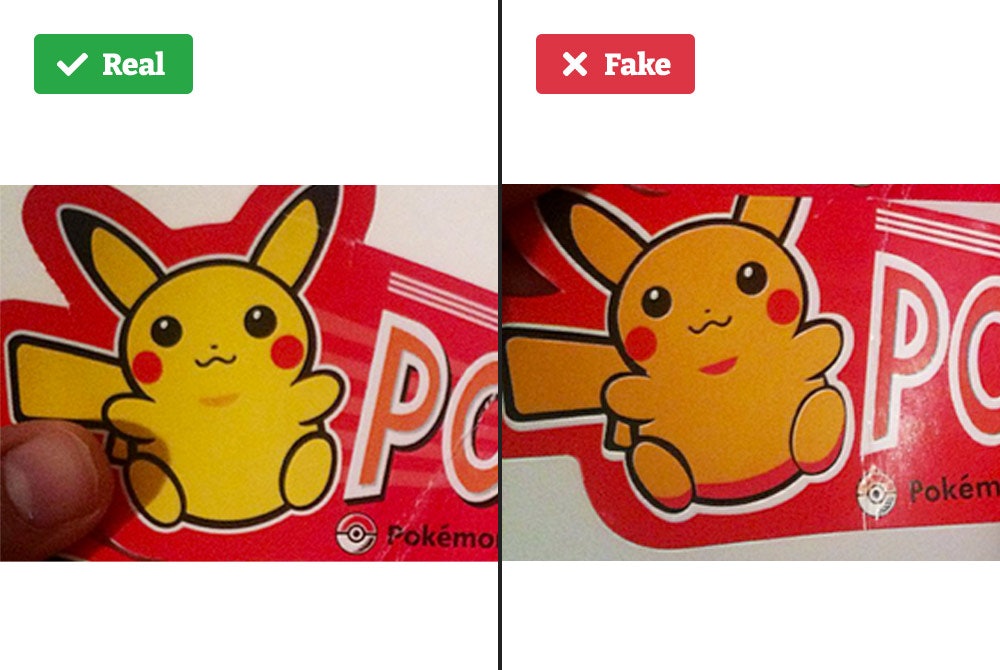
Another sign that you're looking at a fake Pokemon plush is mismatched labels. For example, the front of the tag might be in English, while the back is in Chinese or Japanese. Languages on the front and back should match.
No Tag = Red Flag
When buying Pokémon plush toys on sites like eBay, you should look closely at the photos. If you don't see a tag in the picture, it's a red flag of a fake.
Loose Strings or Sloppy Appearance
Many of the fake Pokémon plush today will have loose strings or appear to be made poorly. For example, when you see stitching that doesn't come together correctly or forms rough or jagged lines, it likely isn't an authentic Pokémon plush.
Painted Rather Than Stitched
In some cases, you may even see parts, such as eyes, mouths, or cheeks painted on rather than stitched in place.
How to Buy a Legitimate Pokémon Plush
PokemonCenter.com is the official online store for Pokemon merchandise. If you buy directly from the source, you'll get official merchandise with consistent quality.
Poké dolls are only sold through the official Pokémon Center online or a physical Pokémon Center store. You may find them online from resellers, but pricing will be pretty consistent because you can't buy them wholesale—you're better off buying from the official Pokémon Center to avoid ending up with a fake.
Look for Red Flags of Fakes in Online Listings
If you plan to buy a Pokémon plush from a site other than the official Pokémon Center, you may be able to spot a fake just by looking closely at the listing.
Pay Close Attention to the Description
Before making any purchase, be sure to read the description in full and look for signs of a counterfeit product. For example, look for phrases like "Pokémon-inspired" or "copy." Sellers will use these words (sometimes in very fine print) to get out of having to give you a refund since they were "clear" about not selling a genuine doll.

Check the Tags
If you see something advertised as new and doesn't have a tag, it's usually fake or used, and the tag was removed.
Read Reviews
When considering purchasing from an online seller, check customer reviews. Pay particular attention to negative comments. Statements such as "it was missing a tag" or "the stitching is bad" should be considered warning signs.
One problem with reviews is that not everybody may notice (or care) if they are getting an officially licensed product or a counterfeit one. So they may leave positive reviews because they got a better price. Unfortunately, people selling fake products have also been known to leave fake reviews to inflate their star ratings. So don't be swayed by hundreds of positive reviews—check the negative ones.
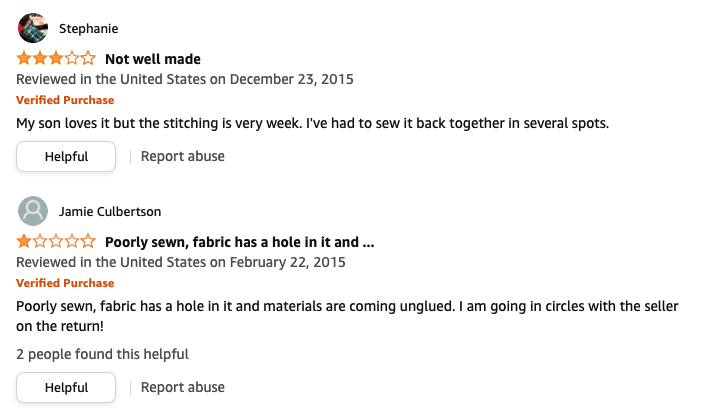
Look at the Price
Prices can vary for Pokémon plush, but not significantly. You may save a dollar or two by buying at one store or website versus another; however, if you see a huge price discrepancy, you should be suspicious.
For example, one of the most expensive plush toys is Dittochu plush. A combination of Ditto and Pikachu, the original Dittochu was released in 2010 and can sell for as much as $1,500. So, if you see one online selling for $25, it's likely not one of the originals from 2010.
Examine the Photos Carefully
Many bootleg sellers will use a stock photo of the item and not show the actual item for sale. This should also make you wary. If you're unsure if the item you're getting will be genuine or not, ask the seller to send actual photos of the Pokémon plush versus the stock photos they're using in the listing.
What to Do If You Buy a Fake Pokémon Plush
It can be challenging to tell a real from a fake item online at times. If you mistakenly buy a fake Pokémon plush toy, there are several things you can do. Besides contacting the seller and asking for a refund, there are several places you can file a complaint.
Report the Fake to Online Platforms
Contact the online platform and let them know the seller is advertising fake products as original or authentic items. For major online platforms, knowingly selling counterfeit goods or products that violate trademarks is against the terms of service. Things can slip through since many, if not most of the goods, are provided by third-party sellers that manage their own listings.
Here are links to the complaint forms from some of the more popular online platforms:
Report to Authorities
Report the online seller to the appropriate government authorities. If your item was sent to you, you might also choose to file a mail fraud complaint with the US Postal Inspection Service.

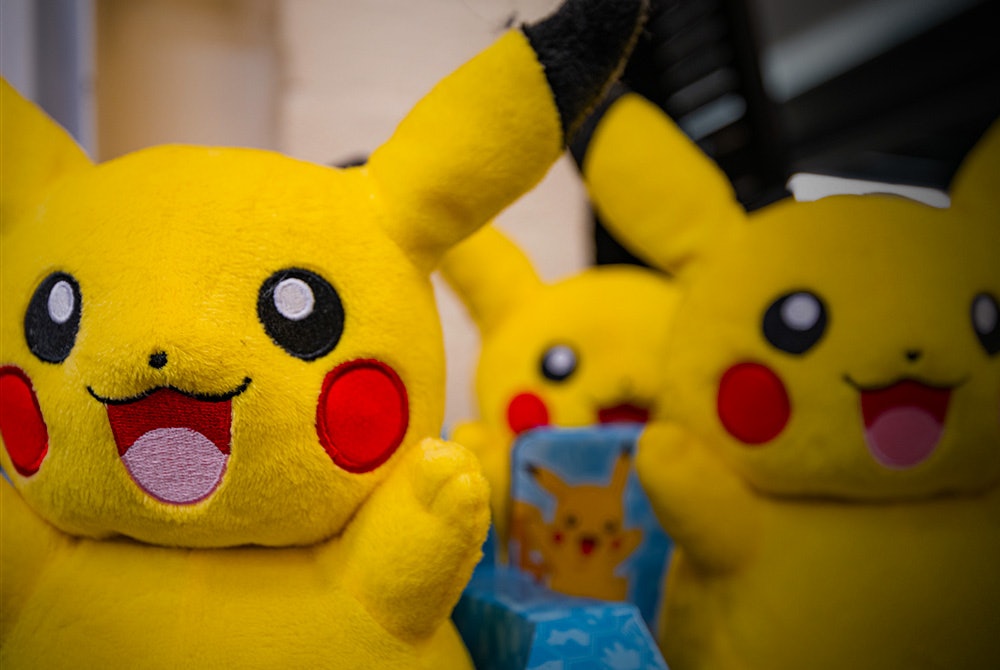
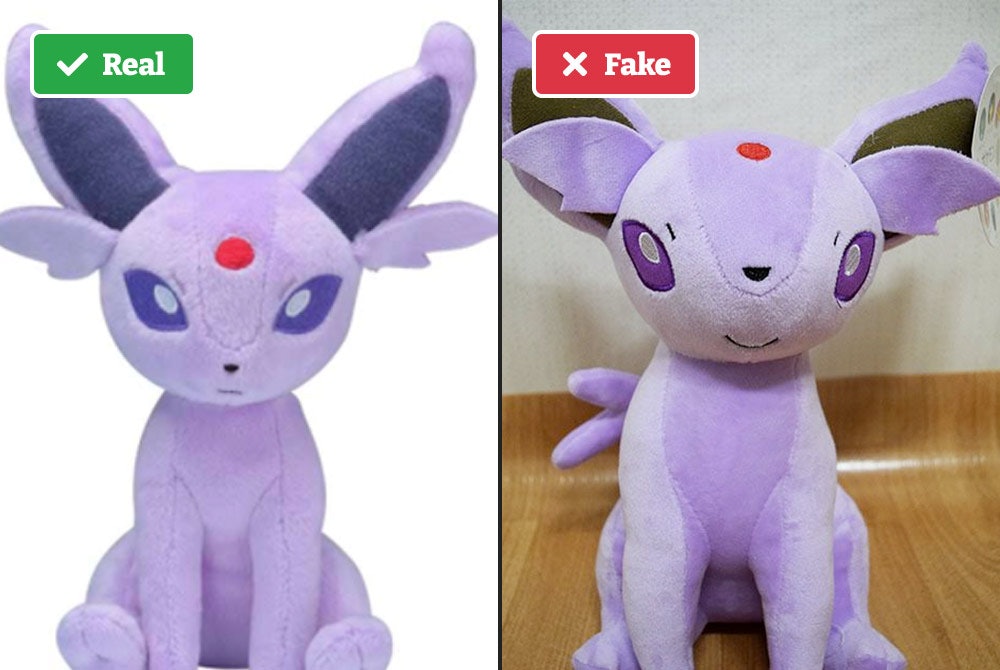
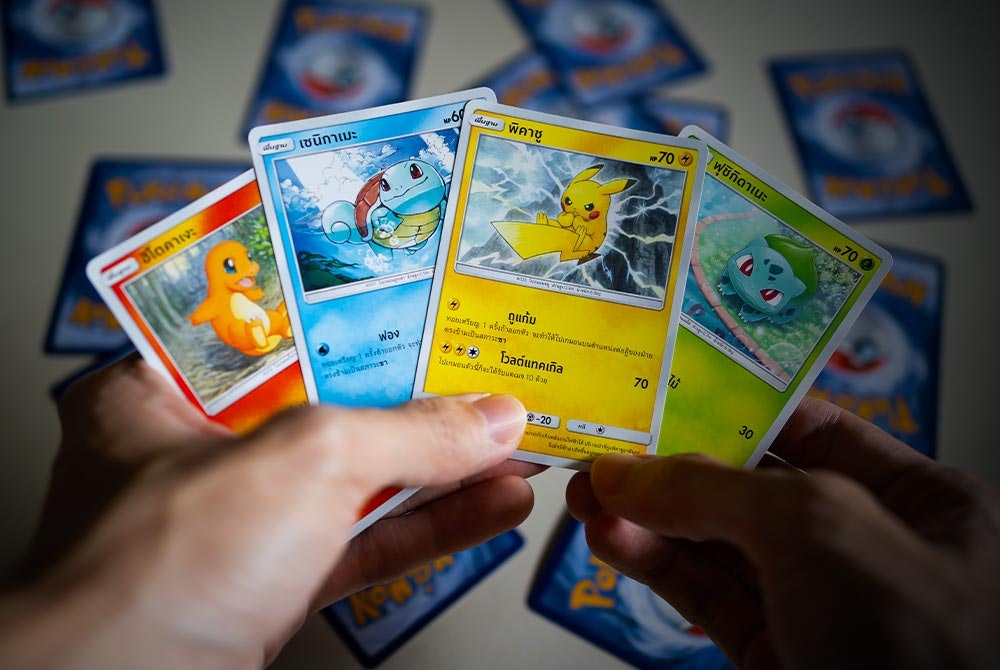
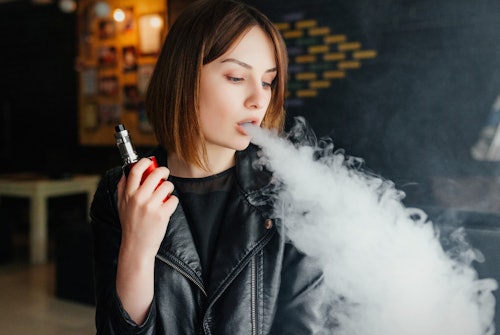
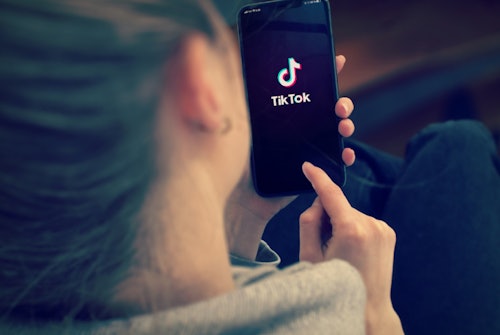
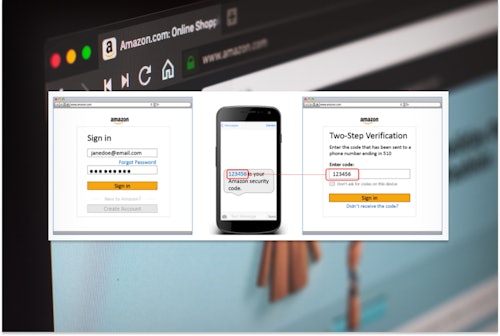
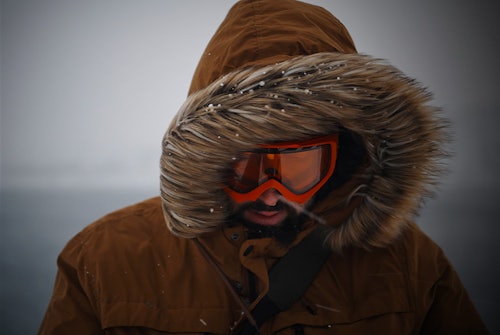
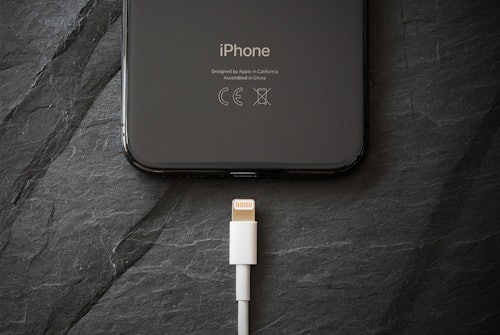
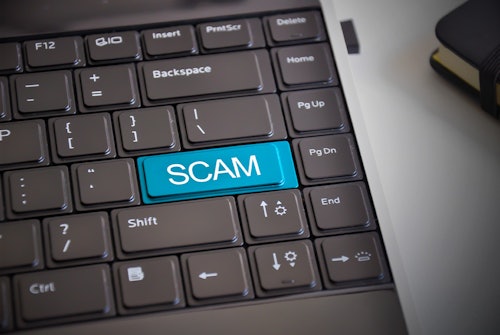
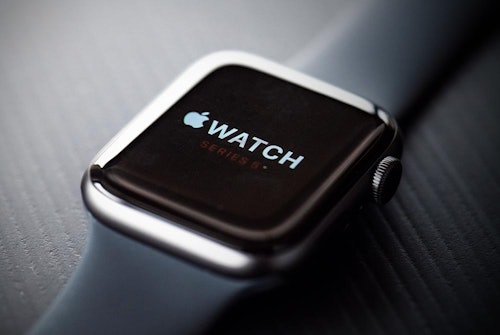
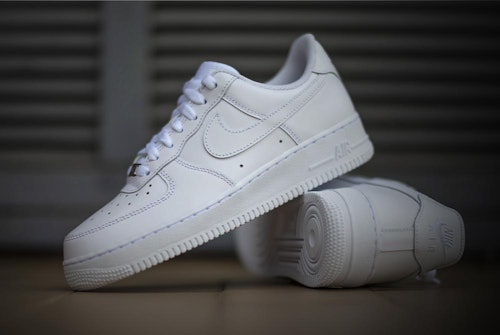
Comments